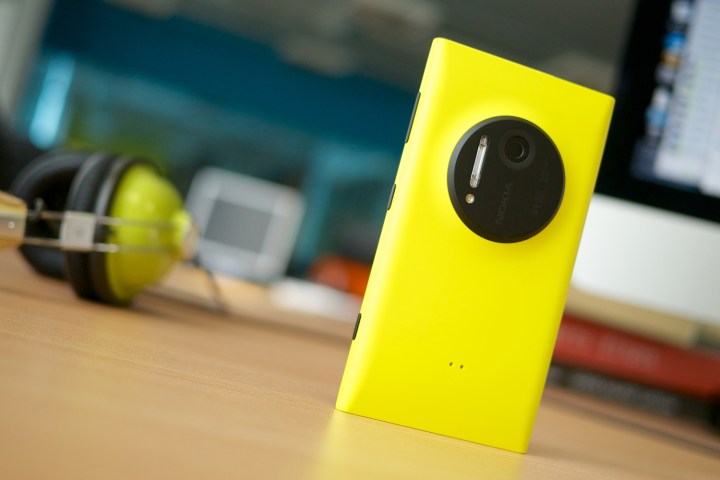
Researchers used a Nokia 1020, well known for its 41-megapixel shooter, in developing an array which transforms the phone into a portable, low-cost microscope capable of genetic sequencing. The potential benefits are massive for scientists working on-site in underdeveloped communities and remote areas, who would typically have to send DNA samples extracted from tissue to centralized labs for analysis.
This solution could save valuable time in treating diseases — not just in terms of availability of equipment, but also ease of use. The microscope can locate mutations in cells without requiring DNA extraction first, meaning relatively less-skilled health care workers can still provide a service essential to saving lives.
Mats Nilsson, a professor of biochemistry and biophysics at Stockholm and Uppsala Universities and one of the leaders on the project, stressed the importance of testing done locally at care centers, rather than being outsourced in an interview with Phys.org.
“Oftentimes, advanced lab-based testing is performed at major hospitals, which is limiting, as not everyone has access to a hospital that can perform these tests,” Nilsson said.
The device records multi-color fluorescence and bright field images — same as a traditional microscope — but at an exponentially lower cost. Aydogan Ozcan, professor of electrical engineering and bioengineering at UCLA, told Phys.org the device could go for well under $500 if manufactured in bulk. That’s much cheaper and more accessible compared to the price tag of most microscopes used for DNA sequencing, which range from roughly $10,000 to $50,000, according to Ozcan.
When a technician places a sample under the microscope, the phone feeds data from the photos into an algorithm, which checks the DNA sequences to identify irregularities. Interestingly, the setup still utilizes the 1020’s default camera application, Nokia Pro Cam, and makes use of the phone’s ability to capture RAW files. However, the team states the microscope could be adapted to work in tandem with other smartphones as well.
Editors' Recommendations
- HMD Global wants you to keep your new Nokia phone and save the planet
- This outrageously powerful microscope is made of LEGOs and smartphone lenses
- Apple prioritized health on the Apple Watch after it started saving lives

